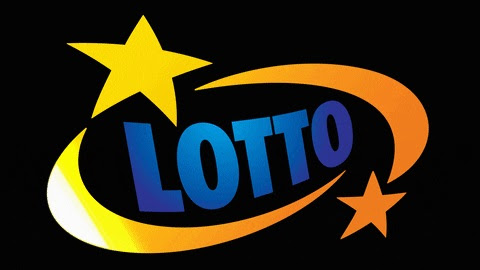People used to believe in the quaint idea of ‘not eating between meals’. In the 1970s, before the modern obesity crisis, adults would average four and a half hours between meals, while children would be expected to last about four hours. Like flared trousers, those times are long gone. Now the average window between meals is down to three and a half hours for adults and three hours for children, and that doesn’t include all the drinks and nibbles.
The idea, which has come to dominate, is that ‘eating little and often’ is a good thing. This idea was driven by snack manufacturers and it was and, incredibly, still is supported by some dieticians. The argument goes that it is better to eat lots of small meals – anything up to six a day (i.e. breakfast, lunch and supper along with mid-morning, afternoon and bedtime snacks) – because that way we are less likely to get hungry and gorge on high-fat junk.
That’s the theory. In the real world, people do the opposite. Compared to 30 years ago, not only do we eat around 180 calories a day more in snacks – much of it in the form of milky, sweetened drinks and smoothies – but also more when it comes to our regular meals, an average of 120 extra calories a day. In other words, the more we snack the more we eat overall.
Eating throughout the day, from when we first wake to that little treat last thing at night, is now so normal that it is almost shocking to suggest doing the absolute opposite
RELATED POSTS
Why does
intermittent fasting work?
Basic Tips for
Intermittent Fasting
How Our Modern Diet
is Failing Us?
Why Should I Try
Intermittent Fasting?
The Basics of Eating on an Intermittent Fast
Using The Ketogenic Diet With Intermittent Fasting
Around the Web




































